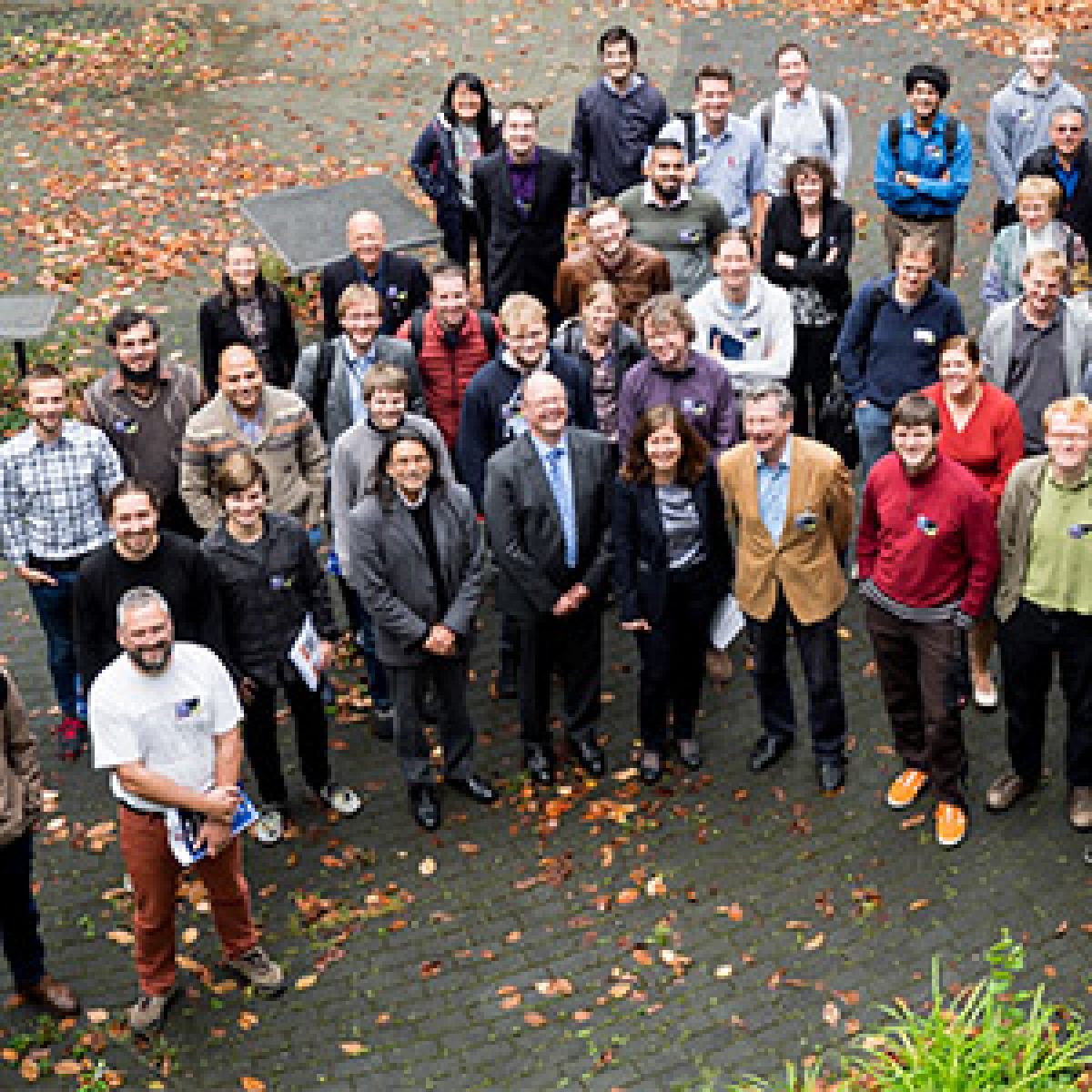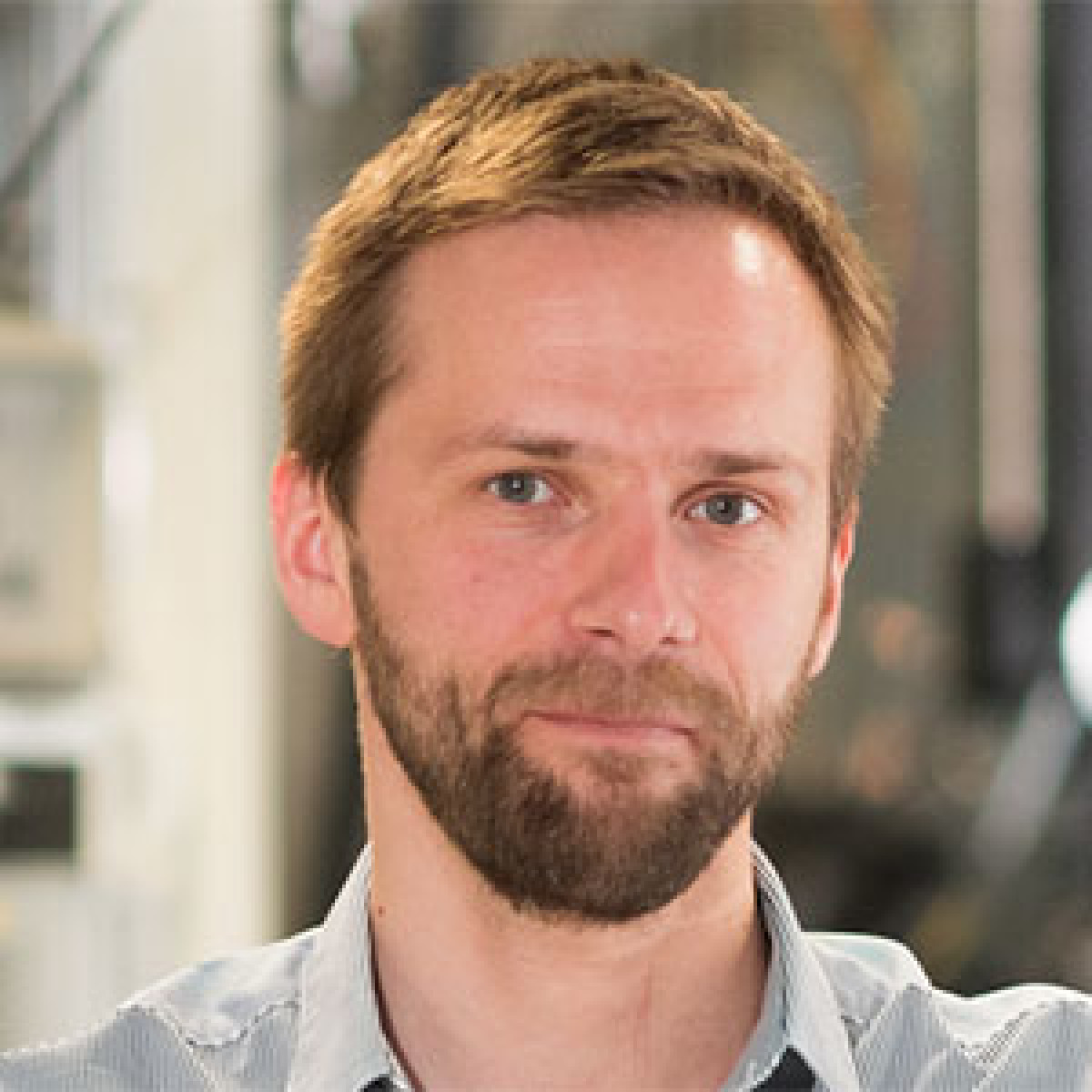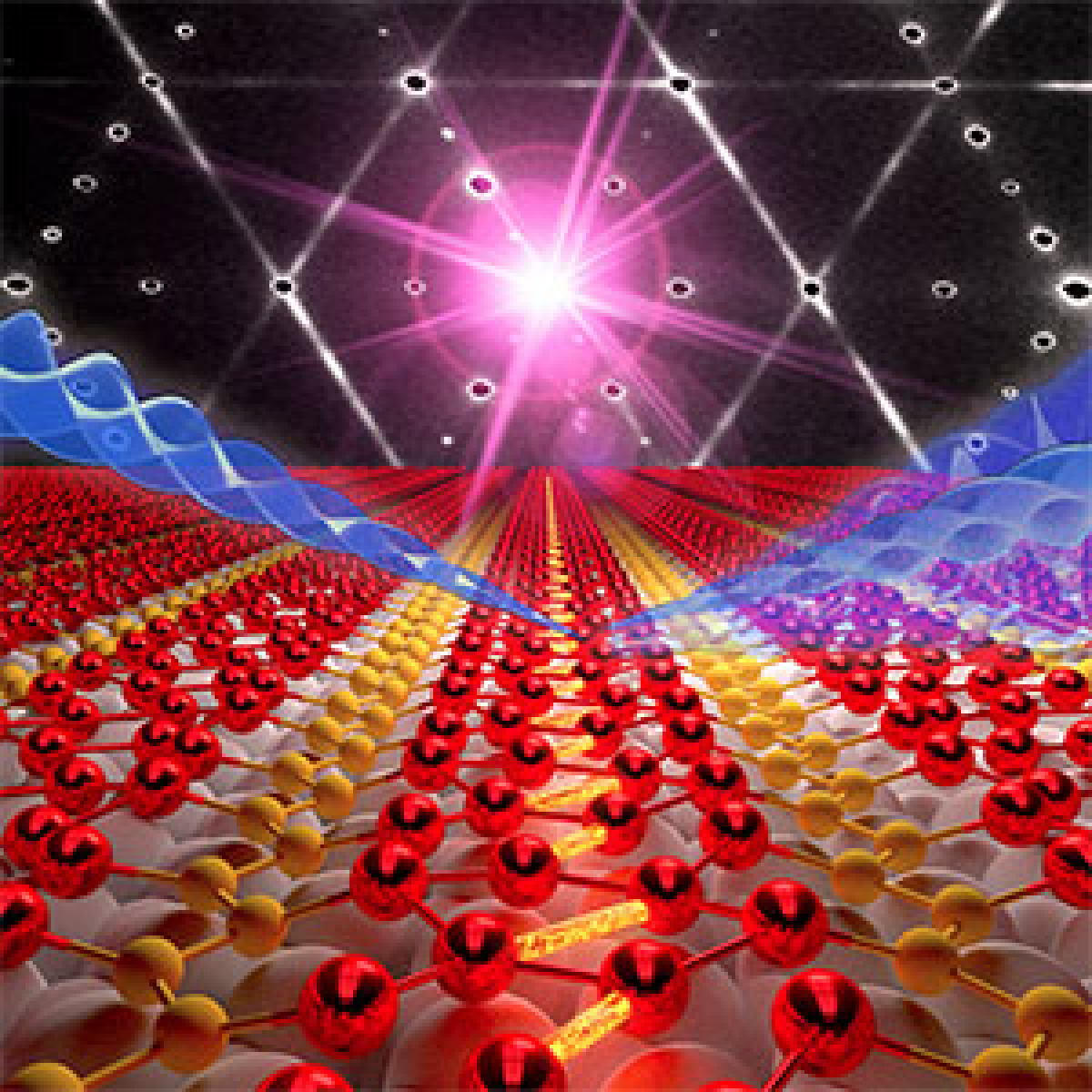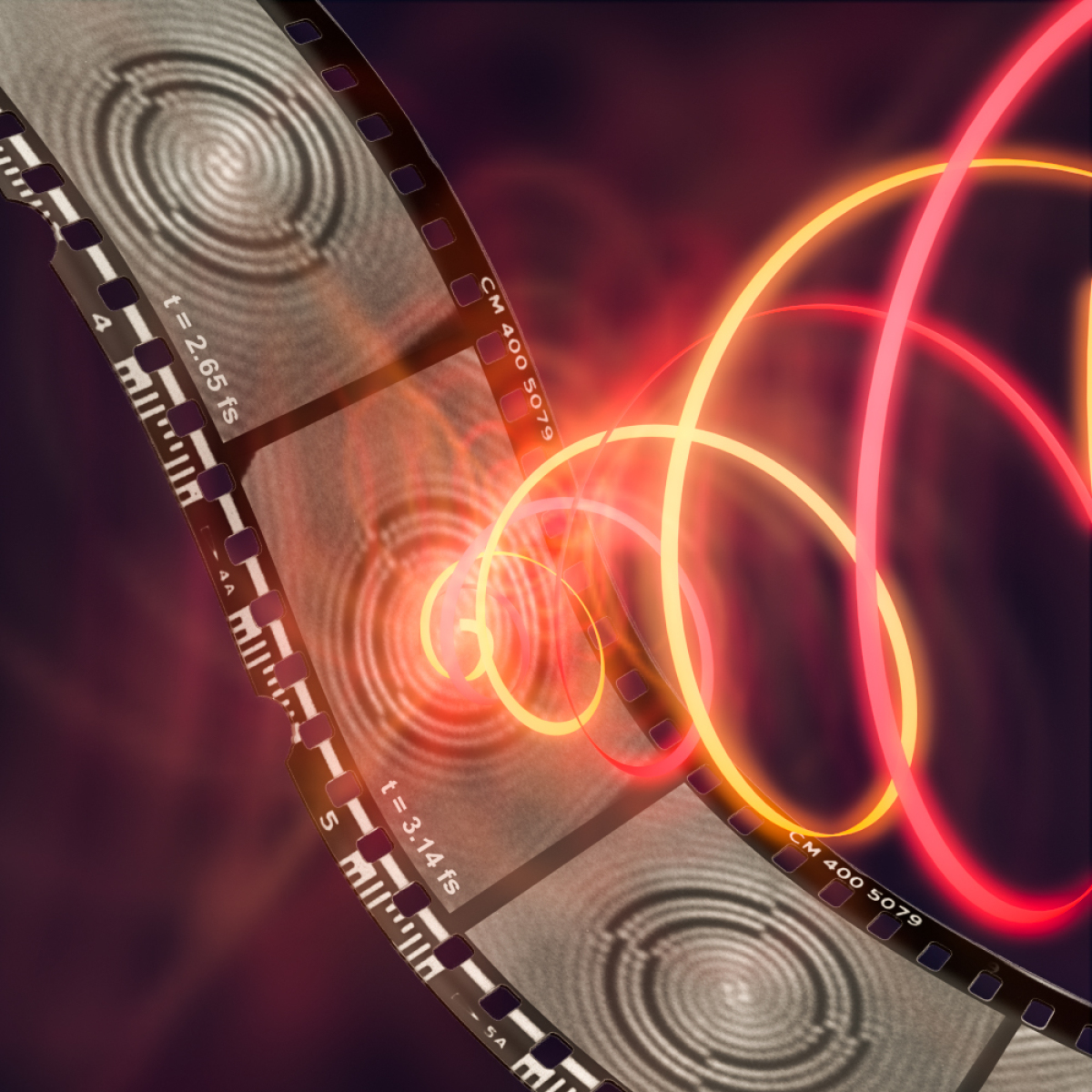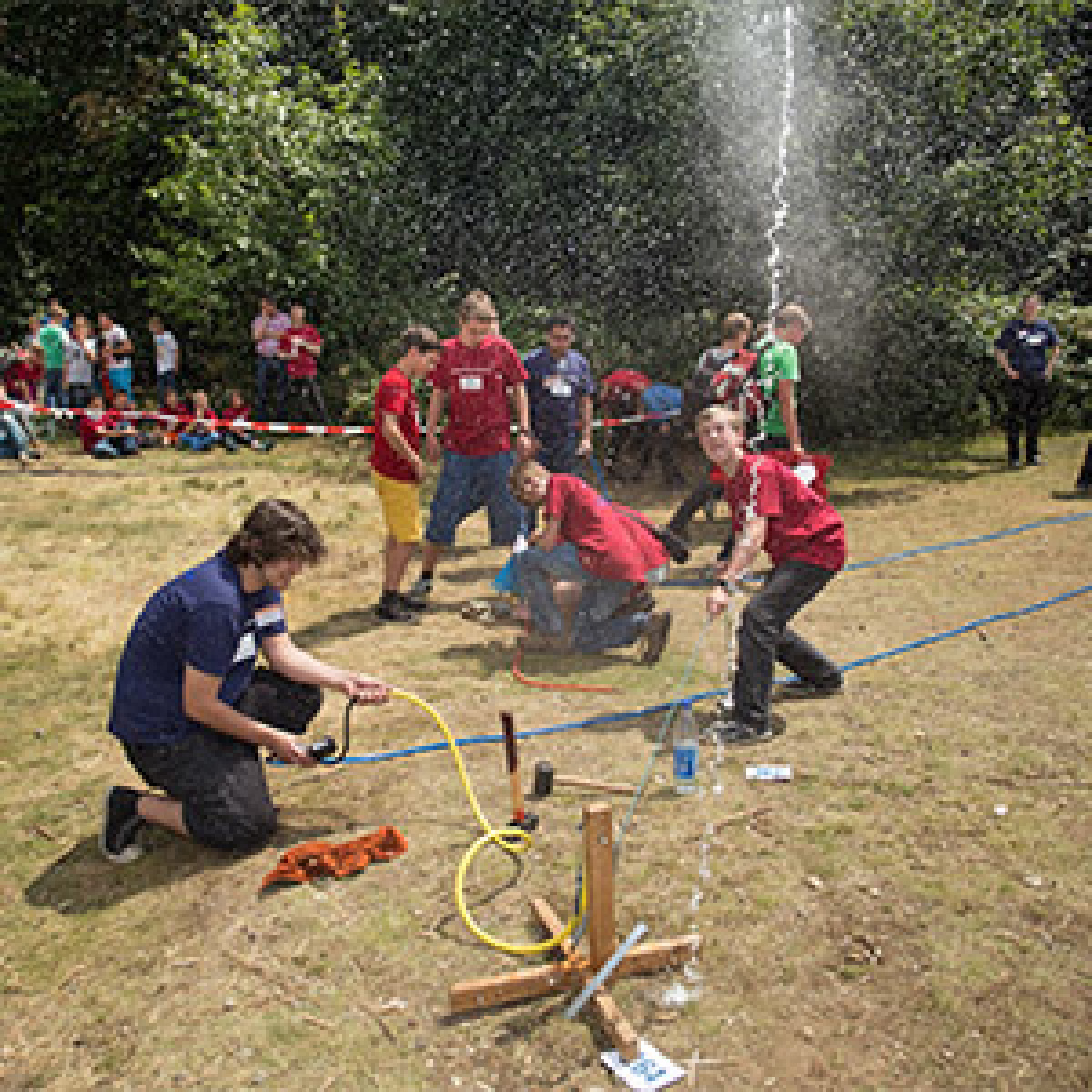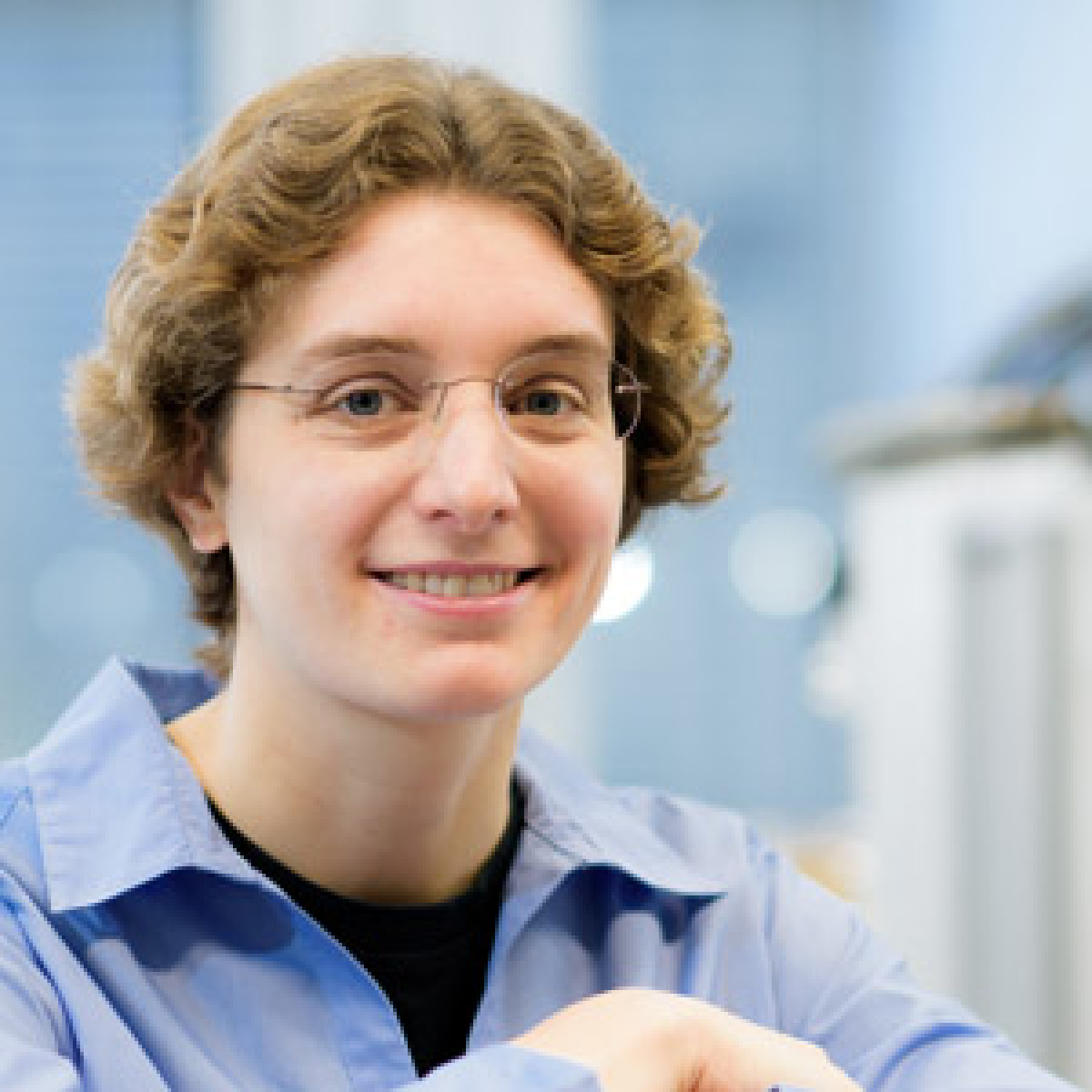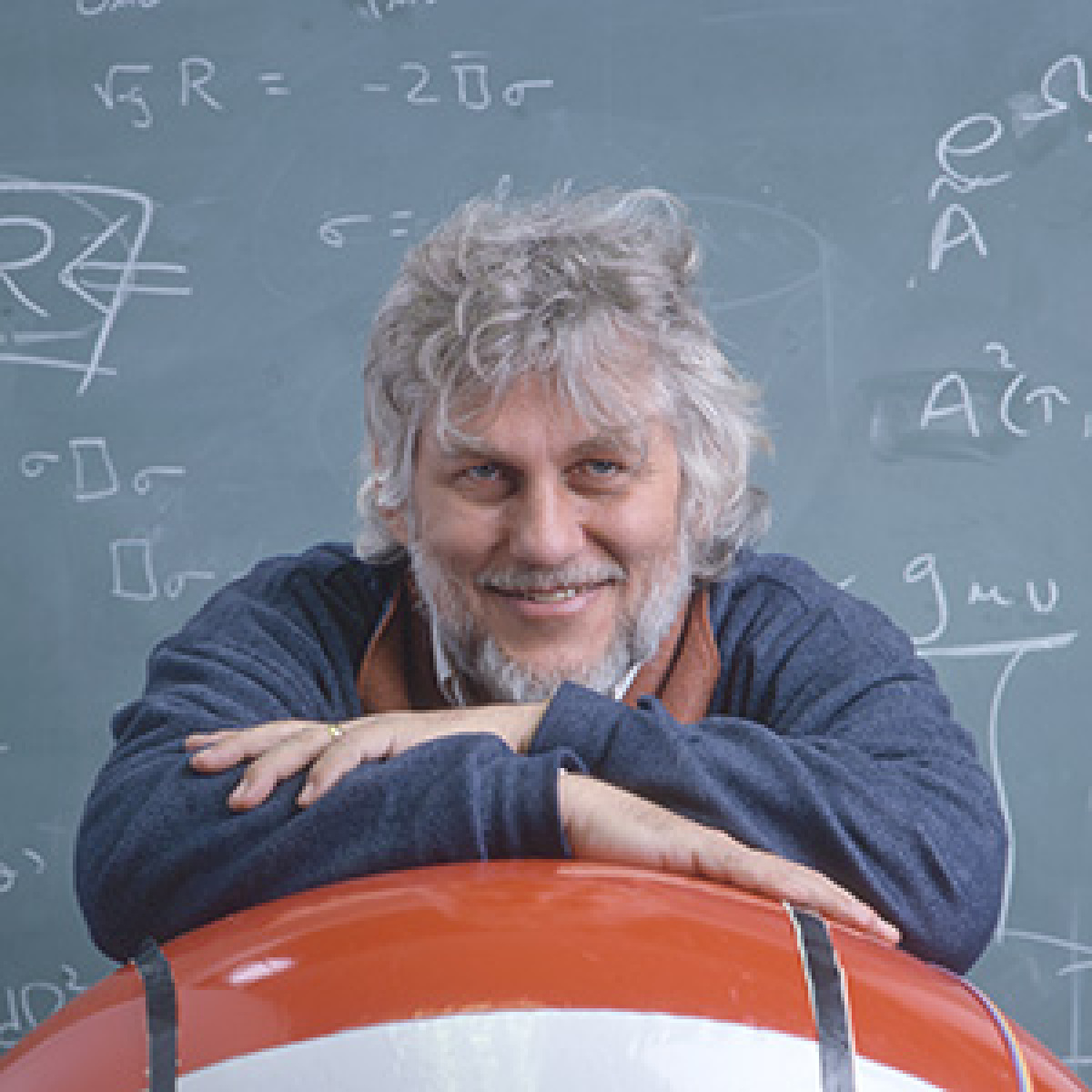News archive 2017
22.11.2017MiFuN – Microstructural Functionality at the Nanoscale – 2017
Vom 4. bis 6. Oktober fand die zweite internationale Konferenz MiFuN (Microstructural Functionality at the Nanoscale) in Duisburg statt. In 31 Vorträgen, davon 14 eingeladenen, 23 Posterbeiträgen und intensiven Diskussionen tauschten fast 80 Teilnehmer aus 9 Ländern ihre wissenschaftlichen Ergebnisse aus.
MiFuN beschäftigt sich mit dem hochaktuellen Forschungsthema der zeitabhängigen Entwicklung der Mikrostruktur in Festkörpern auf der Nanoskala. Mikroskopische (atomare) Mechanismen für die Mikrostrukturdynamik beruhen auf der Bildung struktureller Defekte, ihrem Transport, Wachstum und ihrer Umwandlung sowie auf Segregation, Sinterung und kooperativen Mechanismen. Diese Mechanismen sind Ursache für neuartige, dynamische, funktionale Eigenschaften, wie z. B. in selbstheilenden Werkstoffen oder in schaltbaren Widerständen, und bestimmen auch die Lebensdauer nanostrukturierter Bauelemente. In 2017 lag der Fokus auf Mechanismen der Mikrostrukturdynamik in anorganischen 1D und 2D Systemen.
Auch in 2017 konnten wieder exzellente Wissenschaftler weltweit herausragender Forschungseinrichtungen als Sprecher gewonnen werden: vom Massachusetts Institute of Technology (Christopher Schuh und Bilge Yildiz), von der Oxford University (Jamie Warner und Richard I. Todd), der Drexel University (Michel Barsoum), der Université de Strasbourg (Florian Banhart), vom IBM Thomas J. Watson Research Center (Jerry Tersoff), von der University of Southern California (Rajiv Kalia), der University of Twente (Wilfred van der Wiel), dem Forschungszentrum Jülich (Olivier Guillon), der TU Eindhoven (Erik Bakkers), und der Universidad de Alicante (María José Caturla).
Die Veranstaltung, organisiert von Markus Winterer (Nanopartikel Prozesstechnik), Dietrich Wolf (Computational and Statistical Physics) und Rossitza Pentcheva (Computational Materials Physics) wurde von der Deutschen Forschungsgemeinschaft und CENIDE (Center for Nanointegration Duisburg-Essen) finanziell unterstützt.
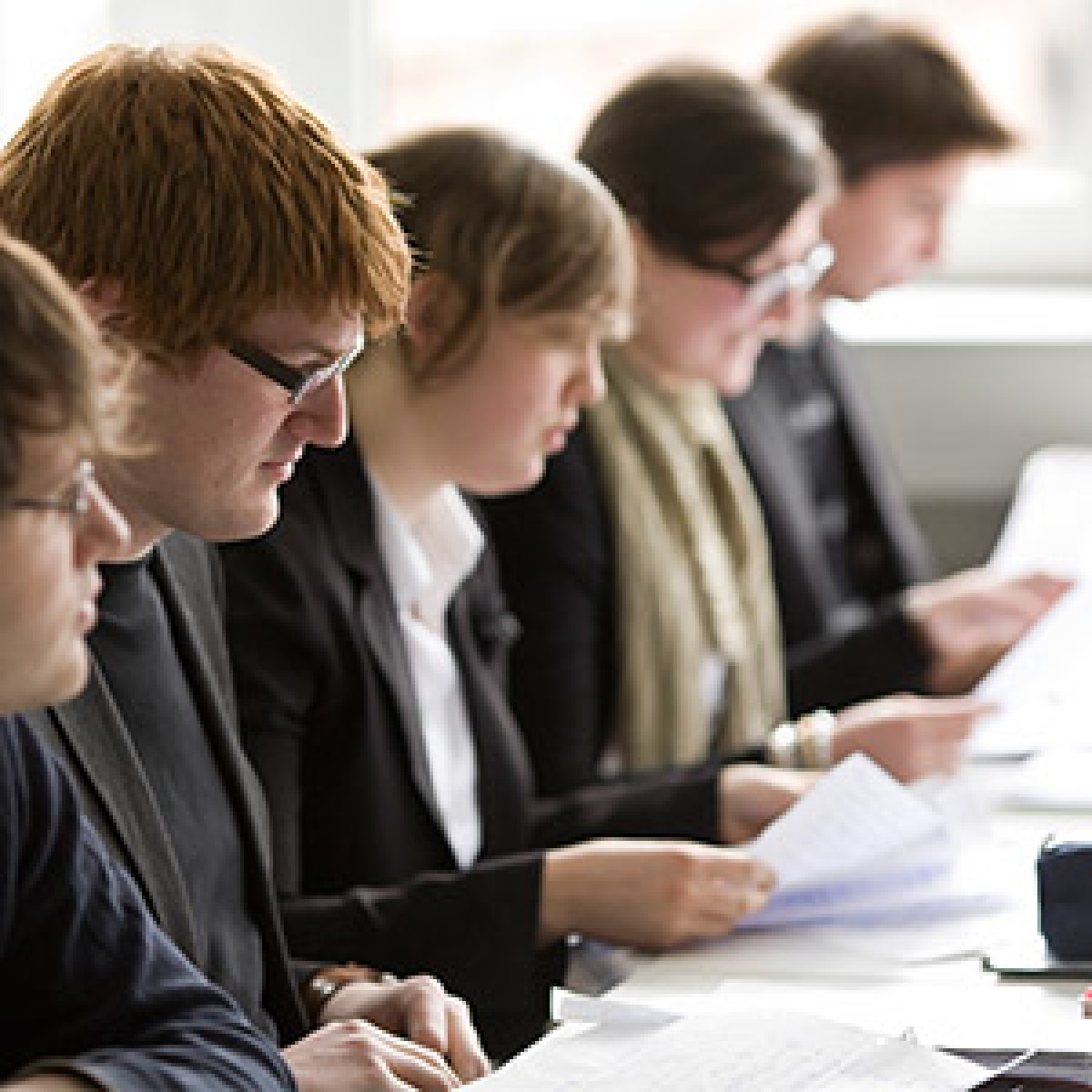
03.08.2017E.ON (an energy utility company) ennobles the Energy Science degree course with 3 awards to the University Duisburg-Essen
E.ON has awarded 150 Euros per month each to three students for a period of one year under the “Deutschlandstipendium” program. The students will receive an additional amount of 150 Euros per month from the Federal Ministry of Education and Research. This signifies that E.ON is highly interested in the students pursuing the Energy Science degree course.
13.06.2017Prof. Dr. Dmitry Turchinovich joins the Faculty of Physics
Highly dynamic solid state research
They are highly dynamic: The microscopic processes inside solid states take place within a billionth of a second. What exactly happens to the electrons, ions and spins in the process and how it affects the electrical, optical, magnetic and mechanical material properties is being researched by Prof. Dr. Dmitry Turchinovich (40), who has been appointed as Professor in Experimental Physics at the University Duisburg-Essen.
30.03.2017Read our Article in Nature
Using ultrafast electron diffraction, the dynamics of a structural phase transition driven by femtosecond laser pulses could be observed with atomic spatial and femtosecond-temporal resolution. With a time resolution of less than 350 fs (10-15 s), Dr. Tim Frigge succeeded in tracing the movement of the atoms for the first time. These ground-breaking results have been published in Nature, supplemented by the work of the Bovensiepen group at the University of Duisburg-Essen and the work of the Schmidt group at the University of Paderborn.
You can read the paper here
You can read an article about it in Physics World here
You can read the University of Duisburg press release here: English Deutsch
17.03.2017Read our Article in Science
In cooperation with scientists from the universities of Haifa (Israel), Kaiserslautern and Stuttgart, Professor Frank Meyer zu Heringdorf’s team published an article in Science magazine. Using time-resolved non-linear photoemission microscopy, surface plasmon polariton waves were observed with sub-femtosecond time-resolution to spiral to the center of an archimedean spiral. The spiral plasmon waves show an orbital angular momentum that was imprinted into the plasmon wave by using circularly polarized femtosecond laser pulses.
You can read the paper here.
You can read an interview about it here (in German).
13.02.2017Build a "racing brush"!
Freestyle-physics tasks are online
Lots of young tinkerers have been waiting for this moment: The free-style physics tasks are now on the internet - five in number and tricky as usual. The University Duisburg-Essen's large pupils' competition is running until 16th May and those who would like to be in the final in the summer can already start working on a smart solution. Don't forget to register!
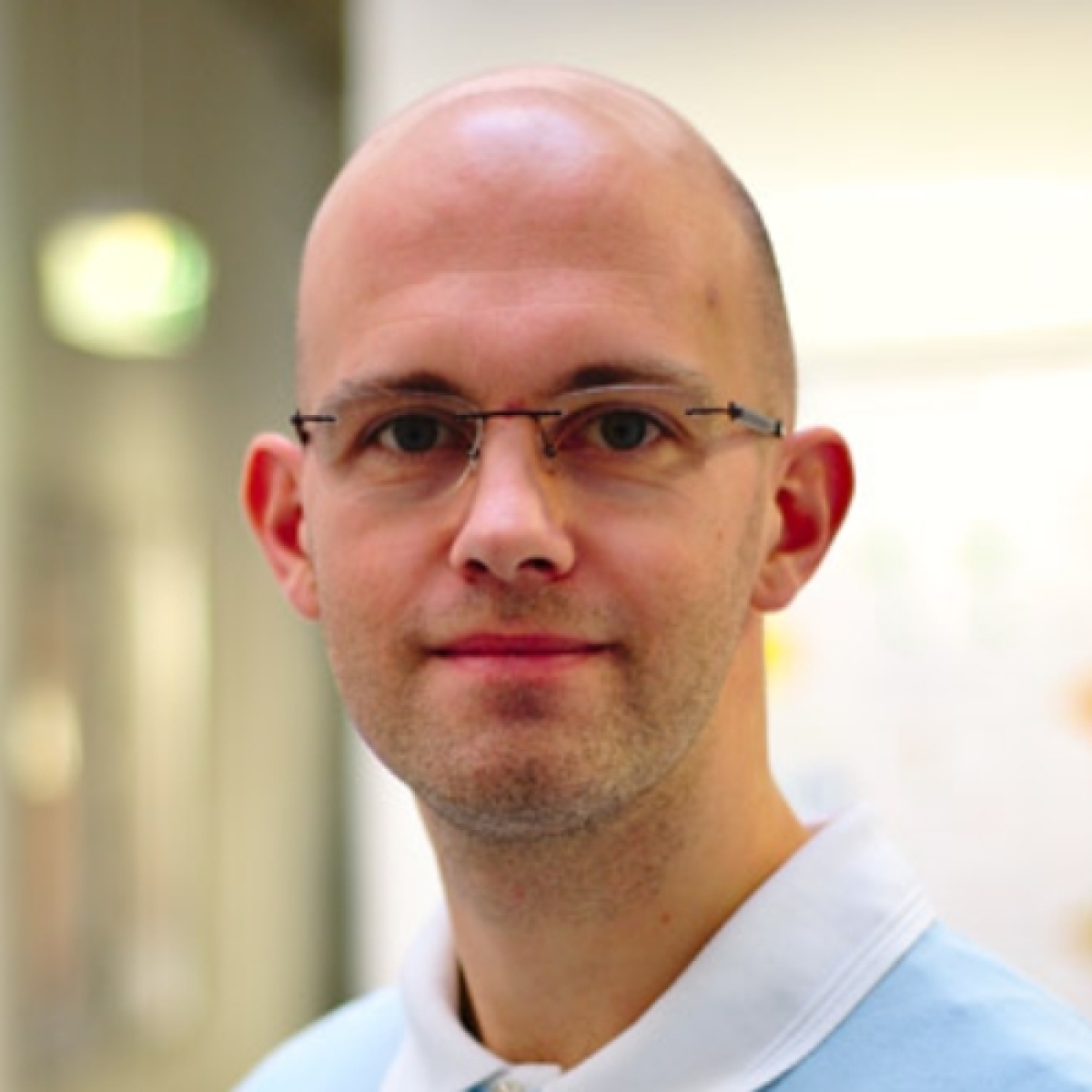
13.02.2017NRW-Homecomer chooses UDE - Programme for top researchers
He is an outstanding scientist who has already done research in Geneva and Würzburg. Now Prof. Dr. Björn Sothmann is pursuing his career at the University Duisburg-Essen. The physicist is one of the three researchers who are moving this year to a university in North-Rhine-Westphalia through the science ministry's return programme.
13.02.2017Prof. Dr. Martina Schmid is new in our faculty
Solar energy
Sunlight sends an almost inexhaustible supply of energy to the earth. How this energy can be exploited using a minimal amount of raw materials is being investigated by Prof. Dr. Martina Schmid (35) who has now been appointed to the University Duisburg-Essen.
05.01.2017Humboldt Foundation Award Winner as Guest in our Faculty
Black Holes in the Laboratory
Apart from Stephen Hawking, William Unruh is probably the most well-known expert in the field of the quantum effects of black holes. The Alexander von Humboldt Foundation award winner investigates these fundamental effects and examines to what extent they may be reproduced in the laboratory. At the moment he is a guest in the research group of Professor Dr. Ralf Schützhold in theoretical physics at the University Duisburg-Essen (UDE).
Black holes are amongst the most exotic objects in the universe. Their gravitational strength is so strong, that nothing - not even light - can escape them. The understanding of the physics of black holes is very important in the search for a theory that combines all the forces of nature.
Forty years ago Stephen Hawking discovered that based on the laws of quantum physics, these black holes should emit weak radiation. William Unruh is one of the leading experts in this field, investigating the characteristics and the origin of this radiation. He also had an idea how one could produce and thus better understand a very similar effect in the laboratory. This idea has since found much support resulting in the first successful experiments.
William Unruh studied Physics at the University of Manitoba (Canada) and completed his PhD in Princeton (USA) under the supervision of John Wheeler. After several research visits (e.g. in London with Roger Penrose) he was appointed as professor at the University of British Columbia in Vancouver (Canada) and still holds this position. Much of his work has received distinction.


